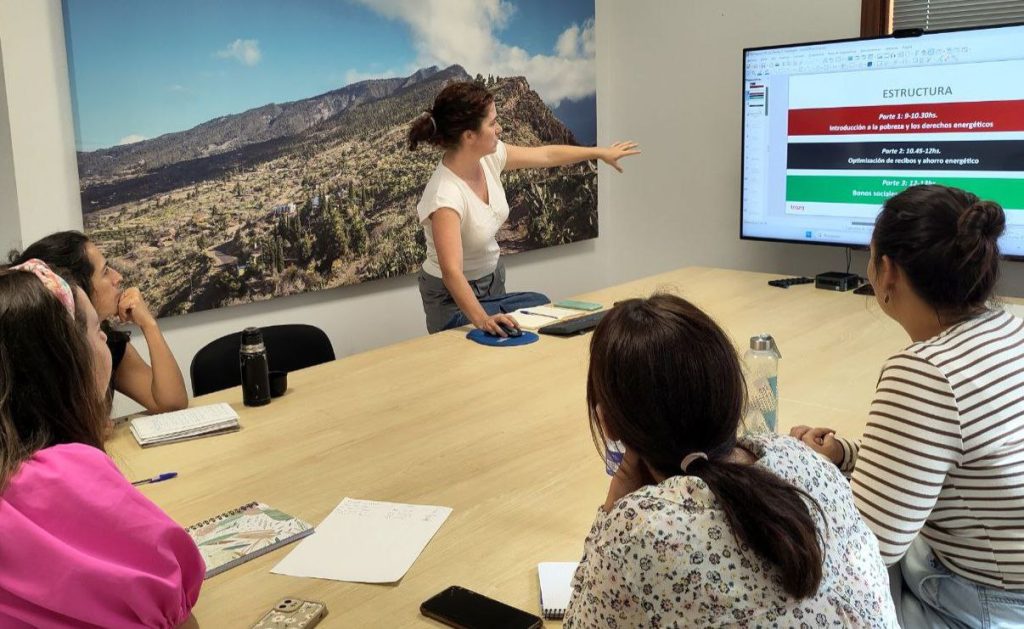
The southeastern districts of Madrid have traditionally been the most vulnerable. In order to promote equity among the city’s neighbourhoods and people, a rapid and effective response from public administrations is needed, as well as a cohesive socioeconomic fabric that promotes innovative proposals and activities that allow for the design of scenarios of well-being. The diagnosis and participatory mapping of creative and innovative activities seeks to promote and strengthen productive ecosystems in the southeastern districts.
This project is part of a SURES, a strategic territorial rebalancing plan for economic and industrial reactivation that aims to turn the southeast of the city into a productive hub based on innovation and the creative economy. . The innovative and creative activity does not present a homogeneous geographical distribution, but tends to a certain concentration due to the fact that the spatial proximity represents advantages in transportation costs, production, labor market and knowledge transmission. EPYCOS makes the spatial dimension and ecosystem patterns visible, thus making it possible to propose actions to promote productive poles.
The mapping proposes classifications of innovation, sectors and types of activity that define and limit the contents. The categories were constructed in a participatory manner and through semi-structured interviews with key agents in the southeast, thus expanding those already existing in NACE. This approach to creative and innovative agents and activities resulted in outlining some existing or embryonic ecosystems in the southeast, as well as challenges and opportunities for their socioeconomic impact on the inhabitants of the southeast.
City Council of Madrid
2021-2022
Madrid, Comunidad de Madrid

info@trazaconsultoria.com | (+34) 91 014 13 78 | P.º de las Acacias, 3, 1ºA, 28005 Madrid
In collaboration with StudioSponja | Aviso legal, política de uso y protección de datos